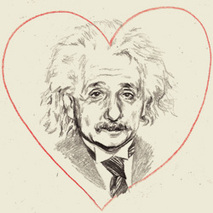The Basics
Getting the data:
This excellent video from CERN’s youtube channel explains how data are collected from ATLAS and distributed over the world for analysis.
At the end of the analysis process, which involves running lots of c++ code to filter out events that have a high chance of resulting from interesting or unusual particle interactions, we are left with a root file containing these events.
One event is the result of one collision: everything recorded by the detector in the minuscule amount of time corresponding to the moment the protons collide. In ATLAS there are about 40 Million events per second, but we record about 200 events per second because most of them are not wildly exciting. Here is an animation showing an ATLAS event.
A root file is a compressed binary format file which can be read and manipulated by the root software framework.
Turning the data into a format for sonification:
The easiest format for input into software for sonification is a text file with rows and columns of numbers. To make this we simply read the rootfile and print out a list of numbers that we are interested in, with a new row for each event and a new column for each number. For example, here is a fragment of a file with three events, where we have decided that the interesting information is the energy of two particles and the angle between them:
Event Energy of p1 Energy of p2 Angle in degrees
1 114.4238 73.0830 19.3412
2 129.9750 53.2328 17.6658
3 137.0498 134.4983 37.9649
A typical file of this format might have a few thousand rows (events) and between 3 and 10 columns (interesting info relating to the event).
This is the file that is read into whatever software is used to do the sonification.
Sonification: Information in sound
To make sounds that carry information about the processes we are observing with the ATLAS detector, we use a technique called parameter mapping.
This means that we choose a property of sound, such as the pitch, and a physical property, such as speed, and we map one on to the other such that they scale together. Some examples of this will find their way onto this page soon.
Making the sounds
There are various different software packages available for turning numbers into sounds.
The examples on these pages are made using KYMA . The early examples on our original website were largely made using CDP and Csound .

One comment